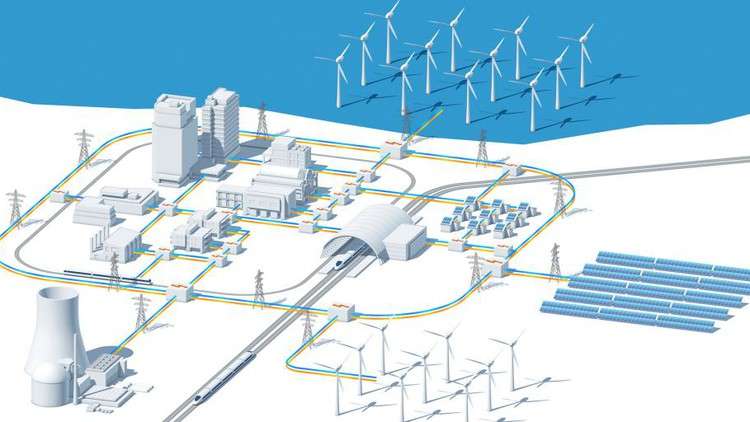
Smart Grid Fundamentals
What you will learn
Smart Grid Fundamentals & Technologies
Why take this course?
This course will cover basics and various technologies of Smart Grid. This course covers various technologies like Outage Management Systems (OMS), Geographic Information System (GIS), Advanced Metering Infrastructure (AMI), Microgrid, Vehicle to Grid (V2G). Examples of various technologies are also covered.
The electrical grid has been cited as the greatest engineering achievement of the 20th century, but it now faces new challenges of sustainability, energy security, reliability, etc. Developed countries have a well-developed grid, and seek to improve it, while developing regions are still expanding their grids.
Over the past decade, the electricity generation, transmission and distribution landscape around the globe has changed drastically – in the traditional grid of the 20th century there were relatively few points of power generation or injection and millions of points of power consumption. With rapid proliferation of distributed and renewable generation, the 21st century grid will have numerous points of power injection as well as millions of points of consumption. Electric Vehicle (EV) roll out has further increased the complexity of the traditional electricity grid. To manage a grid with such increasing number of intermittent energy sources and EVs, smarter automation and IT systems are imperative. Peak load management through control of loads (such as through demand response, which can be considered a dynamic form of Demand Side Management, or DSM) has assumed high priority for electric utilities as there is a growing peak demand, leading to a supply gap during peak hours of consumption in many parts of the world. Beyond such drivers, increased deregulation, consumer choice for green power, which is inherently variable, and many more factors are giving thrust for the transition to smarter grids that can address all these issues.
A smart grid is an electrical grid with automation, communication and IT systems that can monitor power flows from points of generation to points of consumption (even down to the appliances level) and control the power flow or curtail the load to match generation in real time or near realtime. The increased visibility, predictability, and even control of generation and demand bring flexibility to both generation and consumption and enable the utility to better integrate intermittent renewable generation and also reduce costs of peak power. If the traditional grid was made secure only through over-engineering, a smart grid is cost-effective, nimble, responsive, and better engineered for reliability and self-healing operations.